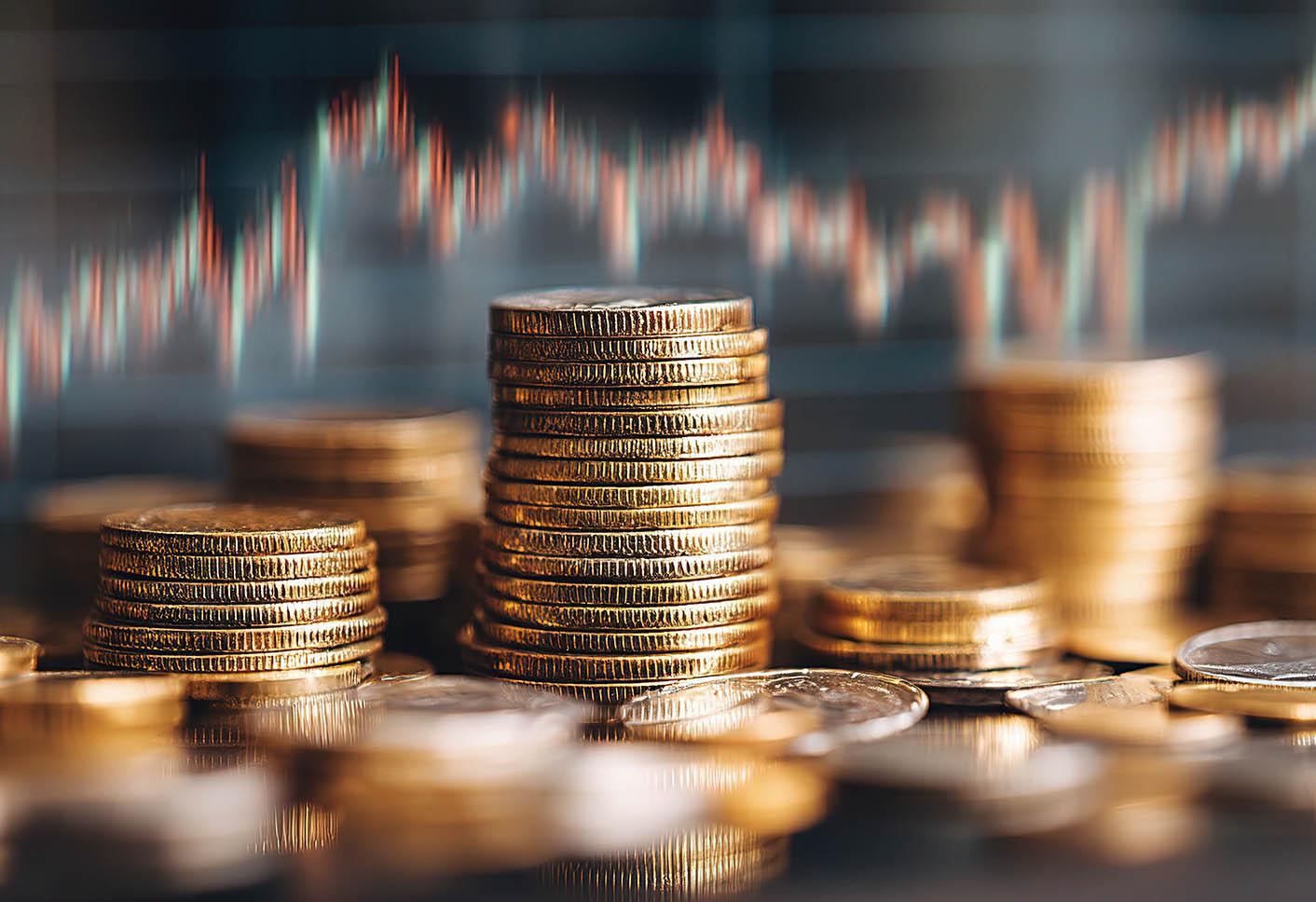Bullion Market Update - May 22, 2025

Gold and Silver Prices
Gold prices hit a two-week high on May 22 of $3,346.80 and ended Thursday at $3,295.65.
Silver prices have almost mirrored gold’s upward trajectory, with a weekly high of $33.697, and an ending price on Thursday of $33.05.
Platinum prices traded at a weekly high on Thursday of $1,089.90 and ended Thursday at $1,083.00.
Palladium prices traded at a weekly high on Wednesday of $1,055.00 and ended Thursday at $1,047.10
The gold-to-silver ratio has hovered around 100:1 this past week, closing at 97.80. Bullion investors have been anticipating a reversion of the ratio to its historical mean between 50:1 and 70:1—but it has remained persistently high.
Market Overview
The precious metals market was relatively volatile for the week of 5/19–5/22. This was driven by a confluence of geopolitical tensions, fiscal uncertainties, and shifting investor sentiment. This demand has been largely attributed to growing concern from investors about the U.S. national debt. On May 16, 2025, Moody’s downgraded the U.S. government’s credit rating from Aaa to Aa1, meaning they believe the government’s creditworthiness has weakened. This is largely due to the fear of increasing U.S. national debt, which is reaching the investor market as President Trump’s tax bill is set to go to the Senate for approval after it was passed in the U.S. House of Representatives by one vote.
It is important to note that the other two main credit rating agencies, Standard & Poor’s Global Ratings and Fitch Ratings, have not downgraded the U.S. national debt since President Trump’s term began.
The U.S. Treasury had a $16 billion auction of 20-year bonds on May 21, 2025. The bonds were sold at a yield of 5.047%, marking the highest yield since November 2023. When yields rise at an auction like this, it typically means that investors were not eager to buy the bonds, so the U.S. government had to offer higher yields to attract interest. This reflects a lack of confidence in the long-term fiscal direction of the U.S.
The uncertainty of investors over the past few months, stemming from rising fiscal deficits, the U.S. credit downgrade, global geopolitical tensions, and tariffs, has led investors to take safety in assets such as gold and silver.
